
Barmer, an authentic city in the Thar Desert
Barmer is a city in the Thar Desert located in the West of Rajasthan. Unlike most of the other parts of this state, it has been spared from mass tourism and it will delight visitors in search of authenticity and especially photography lovers. In the streets and bazaars of the city, you will encounter characters who seem straight out of an old Bollywood movie. Barmer is also associated with folk music, the Manganiars and Langas communities, to name but a few, can be seen performing in the some of the world’s biggest music festivals. Add to that the beauty of the surrounding desert, fascinating archaeological sites and delicious local cuisine, this makes Barmer a truly exciting city to explore and discover.
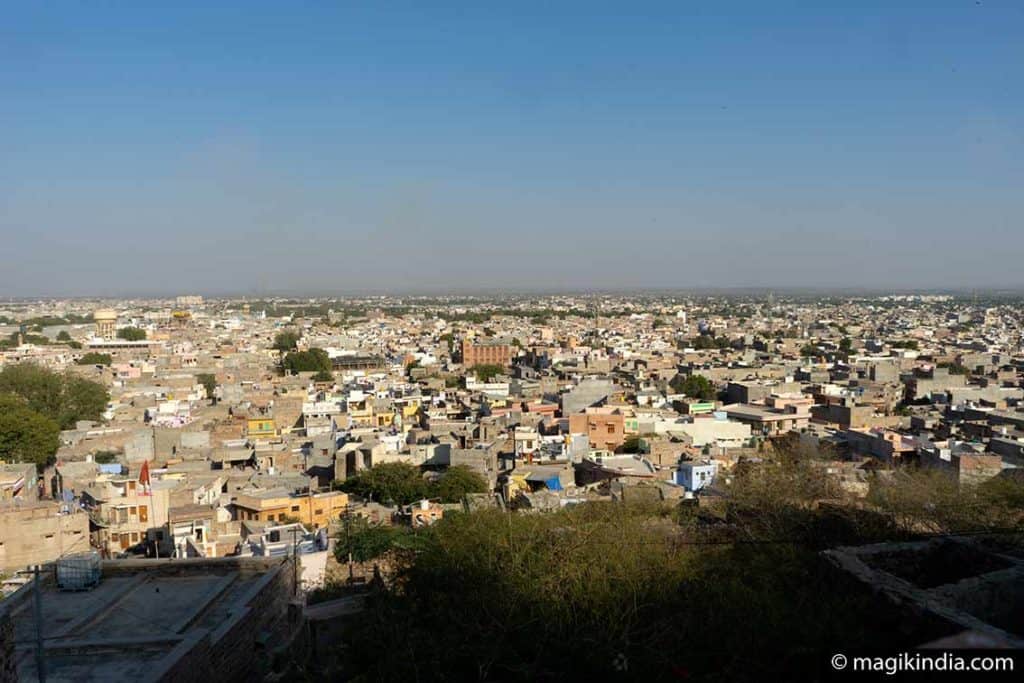
Barmer was formerly called Mallani after Rawal Mallinath, the son of Rao Salkha, the first Maharaja of Barmer. In the 18th century, the British baptised the city ‘Barmer’ derived from the name of the ruler Bar Rao Parmar who ruled the region in the 13th century AD. Bar Rao built a small town known as ‘Juna’, located 25 km from the current city of Barmer (see below). Rawat Lunka – grandson of Rawal Mallinath – attacked and seized Juna with the help of his older brother Rawal Mandalak and, in 1552, his descendant Rawat Bhima transferred the capital of Juna to the current Barmer town. He built a fort on a hill situated in the city centre named Barmer Garh (see below). Rawat Tribhuwan Singh Rathore, the current Maharaja of Barmer is the descendant of Rawat Lunka.
Thar Festival & Mallinath Fair
The Thar Festival is organised each year in March by the Tourism Department in order to showcase local traditions. The festival lasts three days and includes cultural events such as folk music and dance and many different craft stands. The Manganiars and Langas musician communities are in the spotlight as well as the Gair dancers.
The Mallinath Fair is one of the largest livestock fairs in Rajasthan along with those of Pushkar and Nagaur. It is organised every year near Tilwara, a village located 90 km from Barmer and it lasts about fifteen days in March or April according to the Hindu calendar. The most prestigious breeds of cows, camels, sheep, goats and horses are traded or purchased at the fair.
And now, let’s visit Barmer!
Barmer bazar
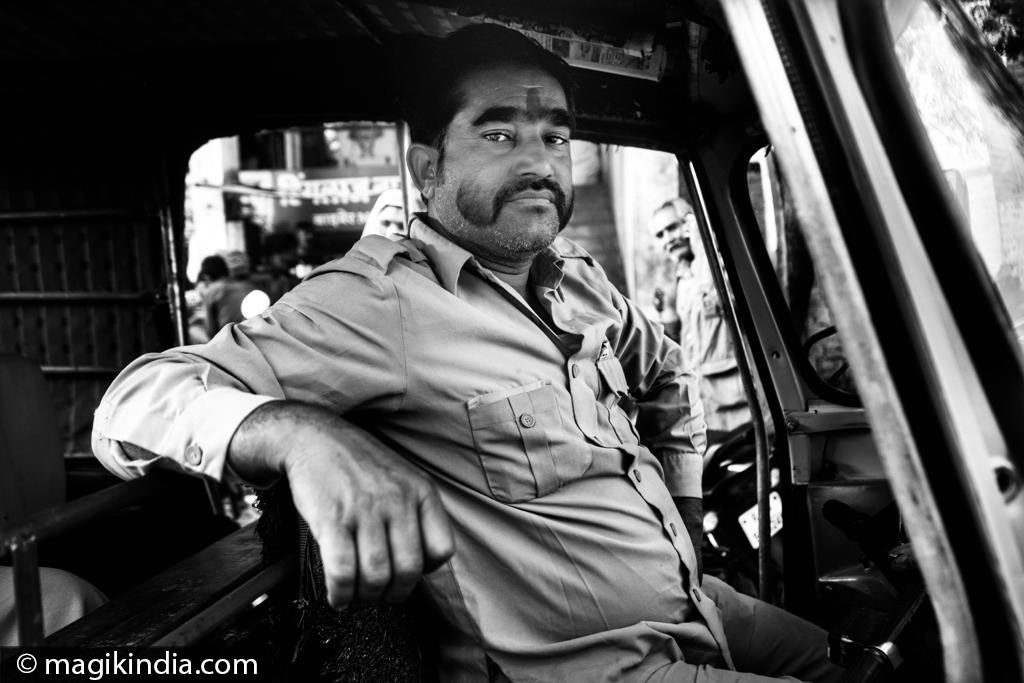
The city center of Barmer is a feast for the eyes of visitors. It is the traditional Rajasthan par excellence: men with stylish moustaches adorned with elegant and vibrantly coloured turbans, the womens arms swathed with large white ‘choorias’ (wedding bracelets) and carrying their shopping on their heads and also the plethora of stalls selling produce that make the buzz of Indian bazaars so charming. Walking through the streets of Barmer is a very enchanting experience and the locals, who don’t see tourists that often, pose without being asked and without demanding bakchich…
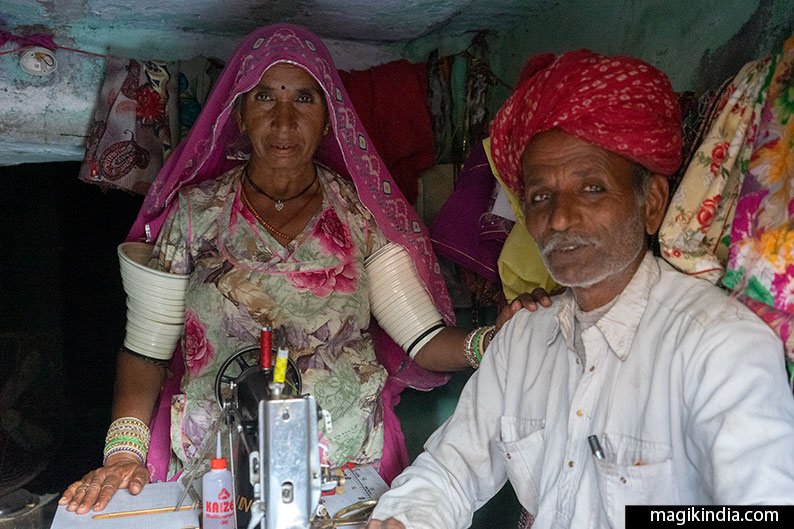
Ajrakh workshops (block printing )
Barmer is famous for its workshops of Ajrakh or ‘block printing’, a noble and ancestral art. The Ajrakh dates back to the civilizations of the Indus valley, nearly 3000 years ago. However, this printing technique flourished, especially under the patronage of several Maharajas during the 12th century AD. It is a demanding craft, no less than twenty steps are necessary until the final impression upon the fabric. It involves, among other things, the meticulous carving of wooden blocks to meet the desired design, the long preparation of inks made traditionally from natural pigments, the symmetrical hand printing using the wooden blocks on a cotton fabric, soaking, rinsing, etc. To attend this process, I recommend a visit to the workshop of Mr. Ranamal Khatri (Manoj Hand Print firm) who is awarded for his skills, and is located near Hinglaj Temple, Indra Nagar, in the center of Barmer. MANOJ HAND PRINT

Please visit also the manufacture and handicraft shop HEM IMPEX, owned by Mr Pitamber Daas Khatri, famous, among others, for its patchwork, applique work (bed and pillow cover, clothes..) made from natural dye hand printings and offering very original designs and also Katha and Kasheeda embroidery. You can find this factory in the city centre of Barmer, Khatri Mohalla.
Barmer Fort (Barmer Garh)
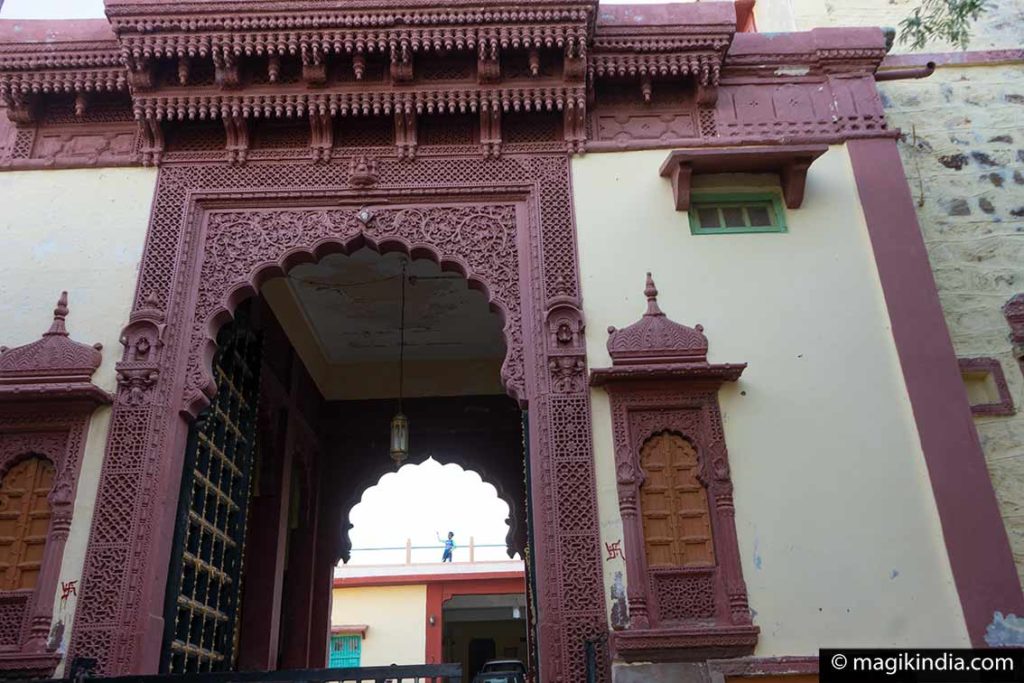
The Fort of Barmer was built on a rocky promontory in the present city of Barmer by Rawat Bhima in 1552 AD when he moved his capital from Juna to Barmer. He established the fort not on the summit but on the hillside to make it safer. The stones of the hill themselves were used for the construction of the fort. It is possible to visit the interior of the fort in the presence of the current Maharaja, Rawat Tribhuwan Singh Rathore.

The young Raja of Barmer welcomes you with ease and tells you some anecdotes about his family and the fort whilst we all savour a freshly made chai. He then guides you to the court room (the only room that can be visited) furnished with historical objects: Family portraits, old radios, the figurines of Gauri and Shiva which are used during the Gangaur festival and especially the two ancient statues of Ganesha, the elephant-headed god, which were carved prior to the building of the fort to ensure good luck to the construction.
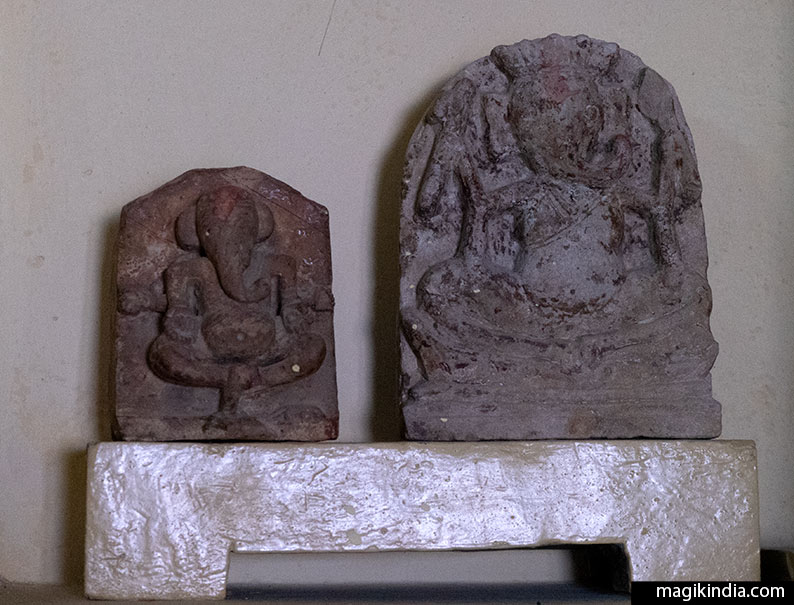
Jogmaya Devi temple (Garh Mandir)

The Jogmaya Devi (Garh Mandir) temple is perched on top of the hill of the Barmer Fort. It is one of the most sacred temples of the town. It is dedicated to Devi or Shakti, the feminine force. The rather peaceful temple comes alive with a thousand pilgrims during Navaratri Festival.
‘The Good Hall’ resort
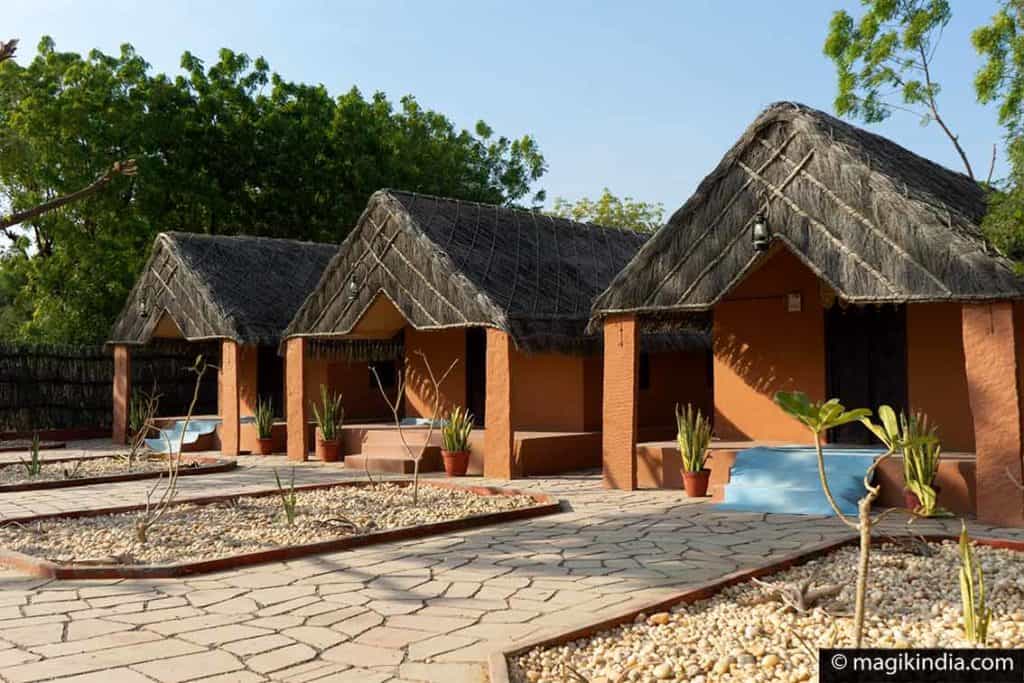
A few kilometres from the dunes of Mahabar (see below), the visitors can relax in the resort, “The Good Hall”, founded by Mr. Purushottam Khatri who passionately strives to promote Barmer and its unique culture. To this end, he has created a resort that is comprised of a museum of antique objects from Rajasthan, a restaurant offering an excellent and authentic Barmeri cuisine, an Ajrakh workshop, a craft shop and some traditional huts for cozy nights. Artists from Barmer also come there to perform. This is a place not to be missed.
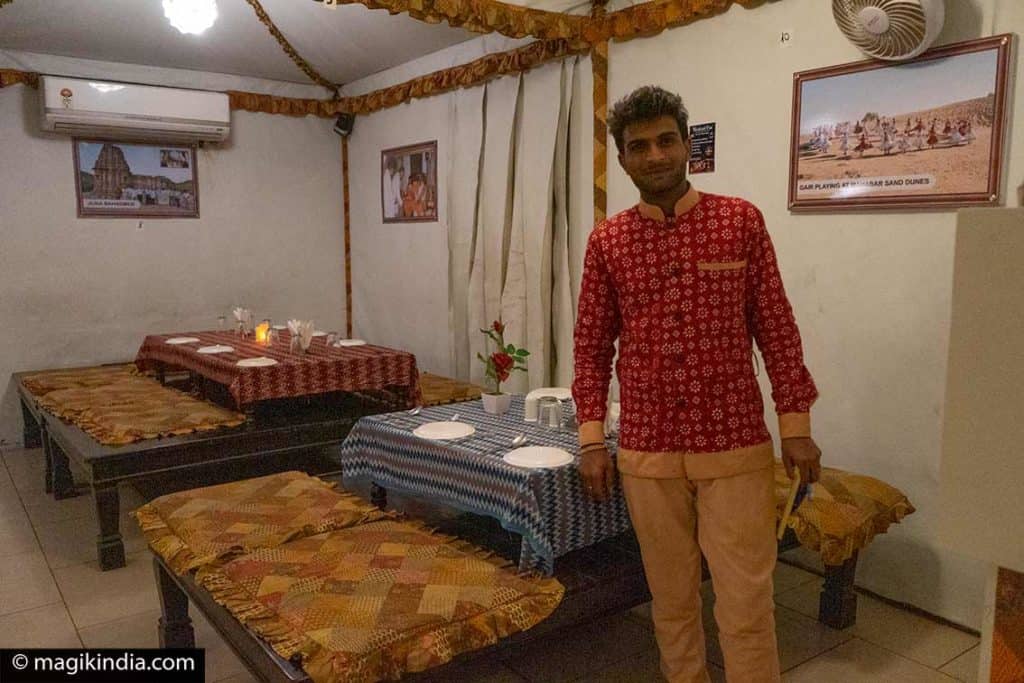
Barmer is known for its tasty cuisine. One of the typical breads of the region is the chapati ‘bajara’. Made from millet flour, this is a rather nourishing bread-cake that can be served with any meal, (it goes extremely well with the local curries!) and it is also often eaten with ‘gud’ (raw palm sugar). Millet is a gluten-free grain which is rich in B vitamins and magnesium … it is to be enjoyed without moderation!
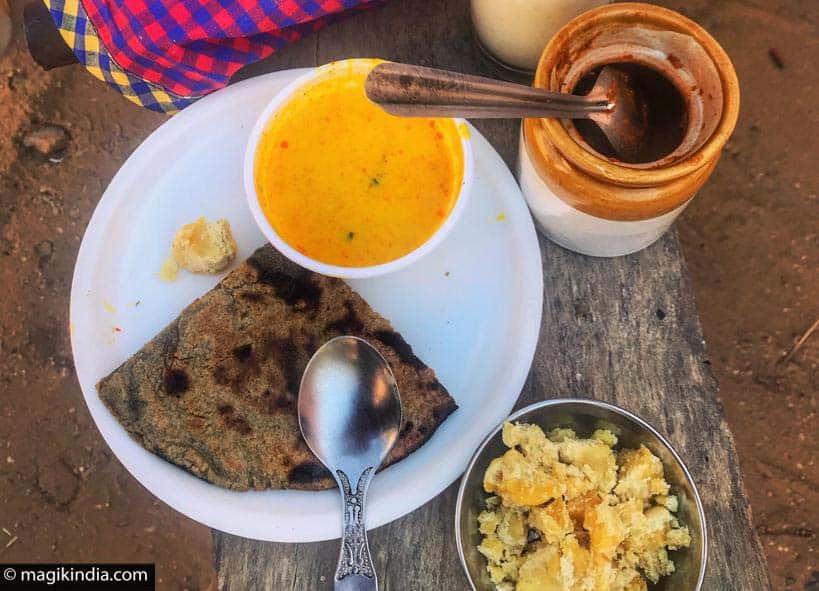
Thar Desert: Mahabar Dunes and Salt Desert (Redana Rann)
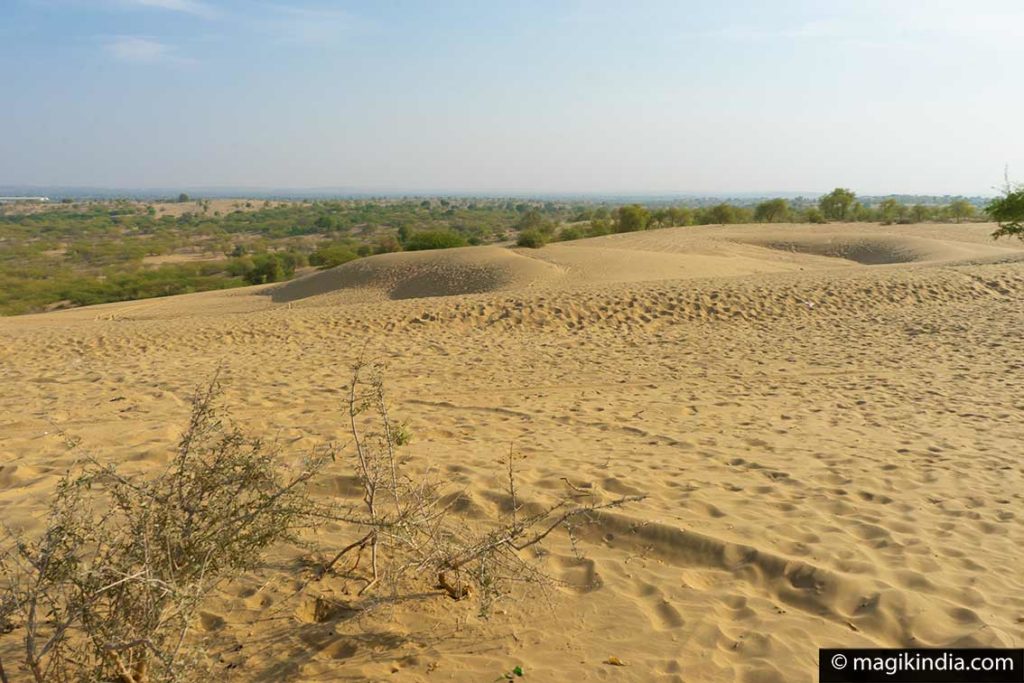
Barmer sits within the majestic expanse of the Thar Desert. Tourists more frequently visit the Thar Desert surrounding the city of Jaisalmer, some 150 km away. But Barmer stands not in the shadow of the golden city. Just a few kilometres away from Barmer city center are delightful sand dunes (Mahabar) where visitors can go on camel rides and also enjoy the most wonderful sunsets.
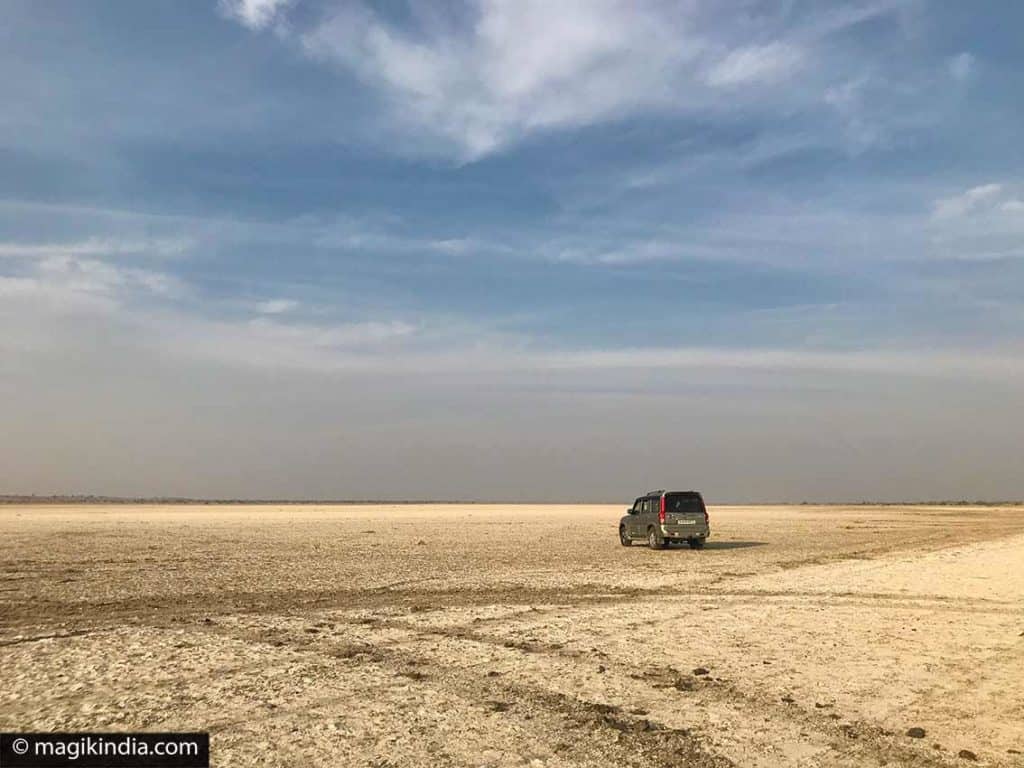
However, the dunes of Mahabar are nothing compared to the desert you meet en route to the temples of Kiradu, about 50 km from Barmer (see below). There, a narrow road, bordered all along by sand dunes strewn with dry bushes, leads us to a small salt desert called Redana Rann. It is a wonderful surprise! Like the Rann of Kutch in Gujarat, the Rann Redana is covered with water during the monsoon, giving it the appearance of a huge lake. A large number of migratory birds come to settle there. During the winter, the white desert magically reappears …it is certainly one of my best personal locations of Barmer.
Kiradu temples (40 km)
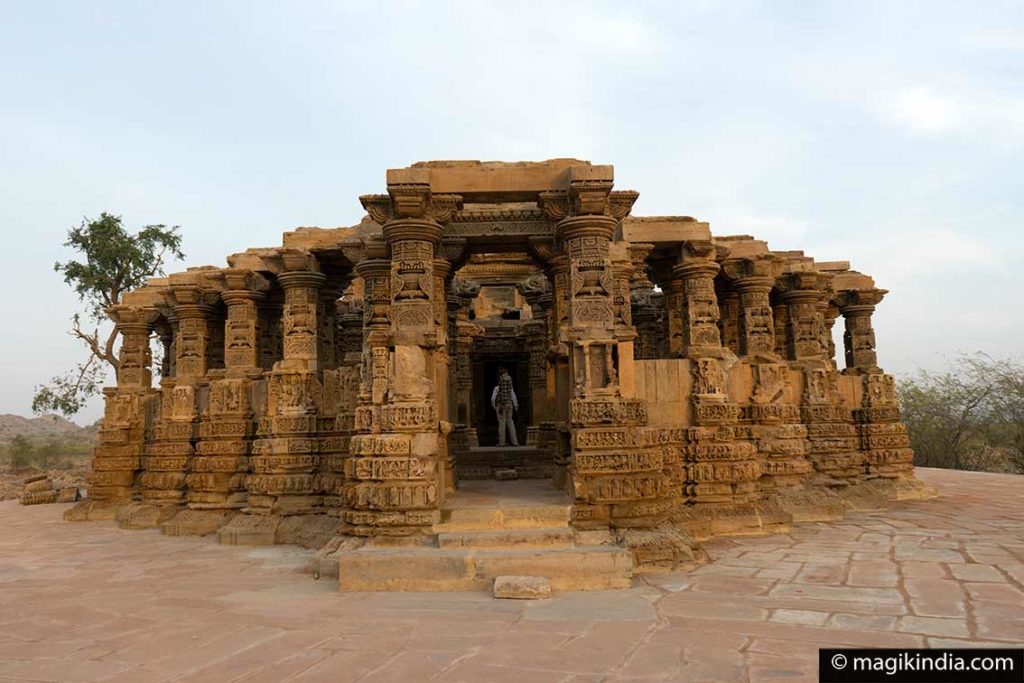
The ancient Hindu temples of Kiradu, 40 kilometres from Barmer, are one of the main attractions of the region. They are five in number and were built around the 11th and 12th century AD by dynasties belonging to the Paramar clan, Solanski Vassals.

Out of these five temples, that of Someshvara, which is dedicated to Lord Shiva, is the most remarkable. The Sikhara (roof) has disappeared but there are several rooms and beautiful, finely carved columns depicting different gods and goddesses from Hindu mythology.
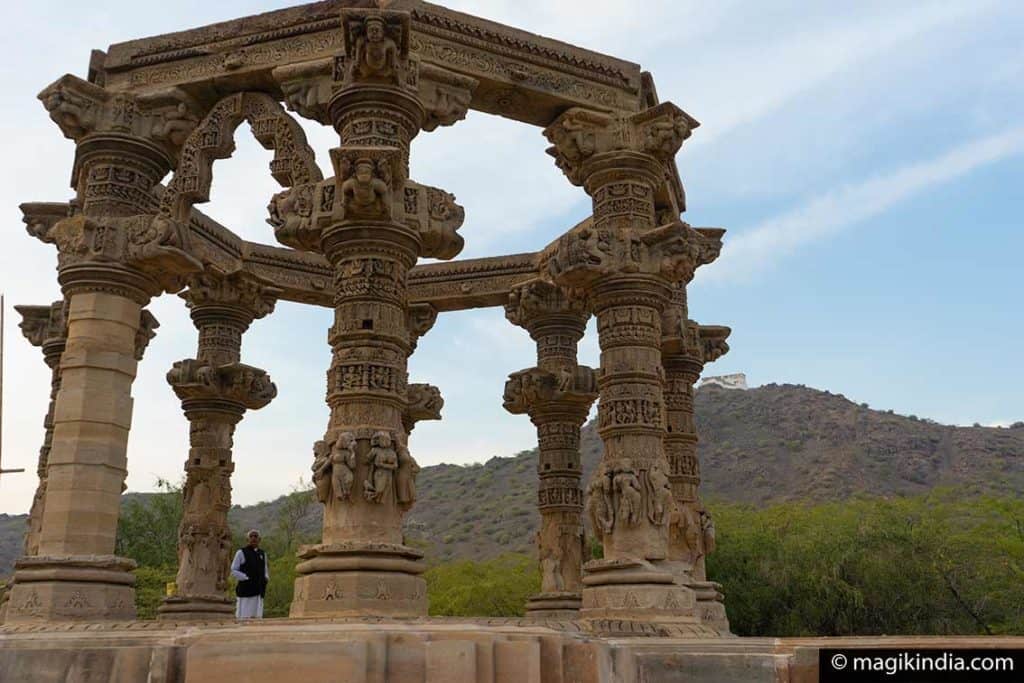
According to legend, the city of Kiradu was deserted following the curse of a wise man. The latter was allegedly invited by a king of the Parmar dynasty, who ruled Kiradu in the 12th century, in order to restore the security and prosperity of the region after a war between clans. The sage was accompanied by his disciple, whom he left in the kingdom. Once the kingdom regained its prosperity, they neglected the disciple who fell ill. Only the wife of a potter came to his aid. When the sage returned, he was furious to hear what had happened. He cursed the city by changing the inhabitants into stone, but spared the potter’s wife by letting her leave on the condition that she did not return her gaze toward the city. But, being curious, she turned around to take a last look at her hometown and was immediately turned into stone.
Other places around to be discovered
TEMPLE & FORT OF JUNA (25km)
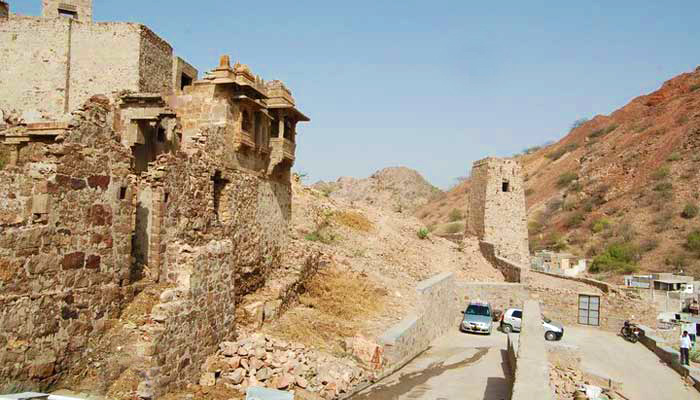
Juna was the former capital of the Maharajas of Barmer (see the history at the top of the page). Built during the reign of Bar Rao, Juna was moved by Rawat Bhima where the present city is. Juna has now only a few archaeological remains, witnesses of its past glory are a Jain temple (12th or 13th century AD) and an old fort. To be visited for the historical interest.
SHRI NAKODA JAIN TEMPLE (100 km)
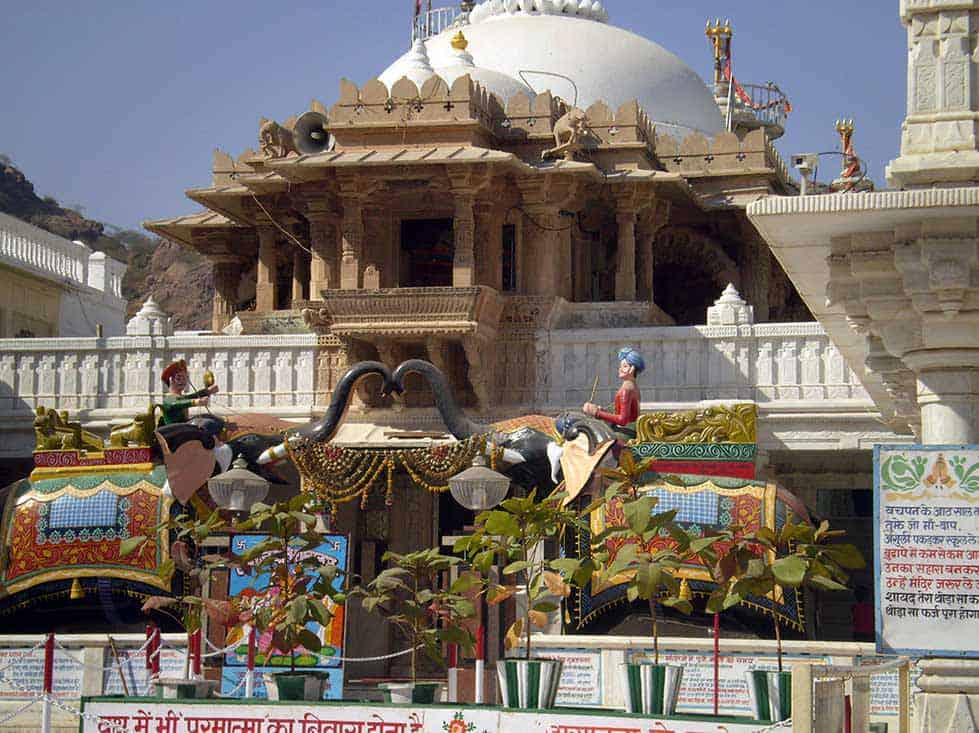
The Jain Temple of Nakoda is located about 10 km from the city of Balotra known for its many famous religious sites. Built in the 3rd century AD, this temple had to be renovated several times following Mughal invasions of the 13th century. The main idol is a black stone statue of Parshvanth, the 23rd Tirthankara (jain saint). It is said that the statues of the temple have the power to fulfil the sincere wishes of the faithful.
RANI BHATIYANI TEMPLE (150 km)
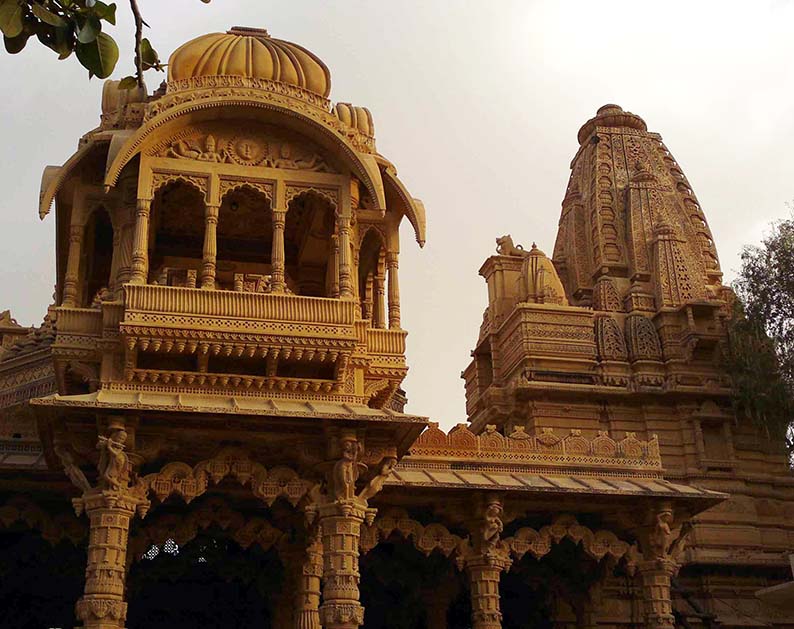
The Ma Rani Bhatiyani temple is located in the city of Jasol near Balotra and it is dedicated to Swarup or Majisa, a Rajput princess who became a holy woman. She is particularly revered by the community of Manganiar musicians following a divine vision given to one of the members of this community.
DEVKA SUN TEMPLE (60 km)
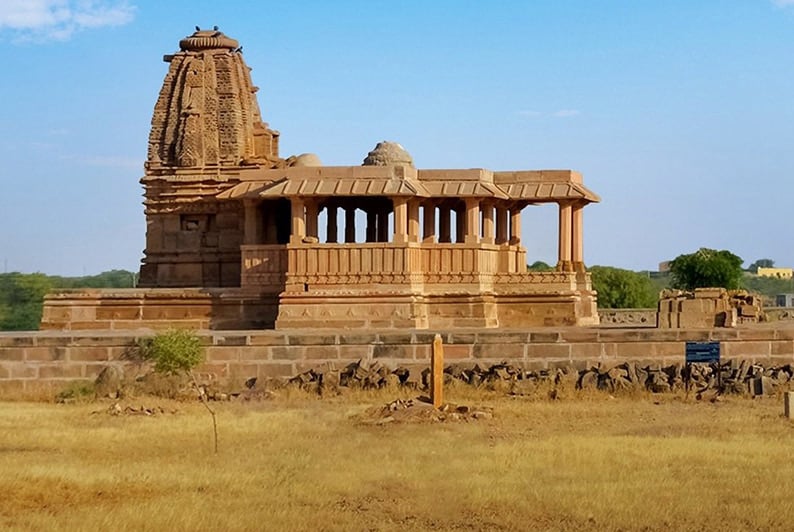
Located in Devka, a small hamlet about 60 km from Barmer, the temple dedicated to the sun god is known for its beautiful architecture dating back to the 12th or 13th century. The village also houses the ruins of two other temples housing stone carvings of Lord Ganesha.
TRAVEL WITH ME ! PEOPLE OF THE THAR DESERT

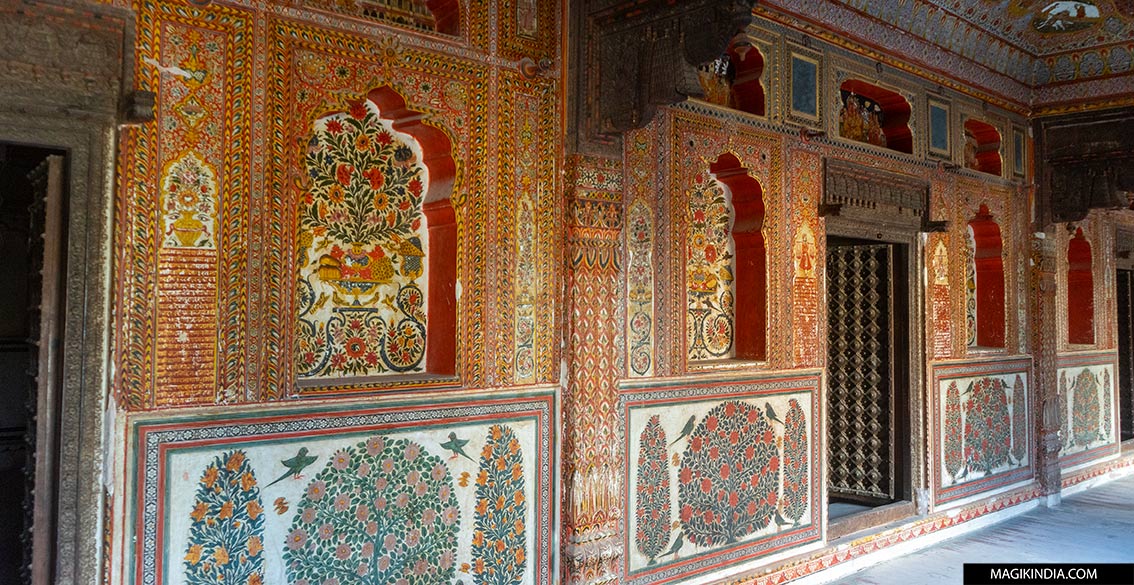


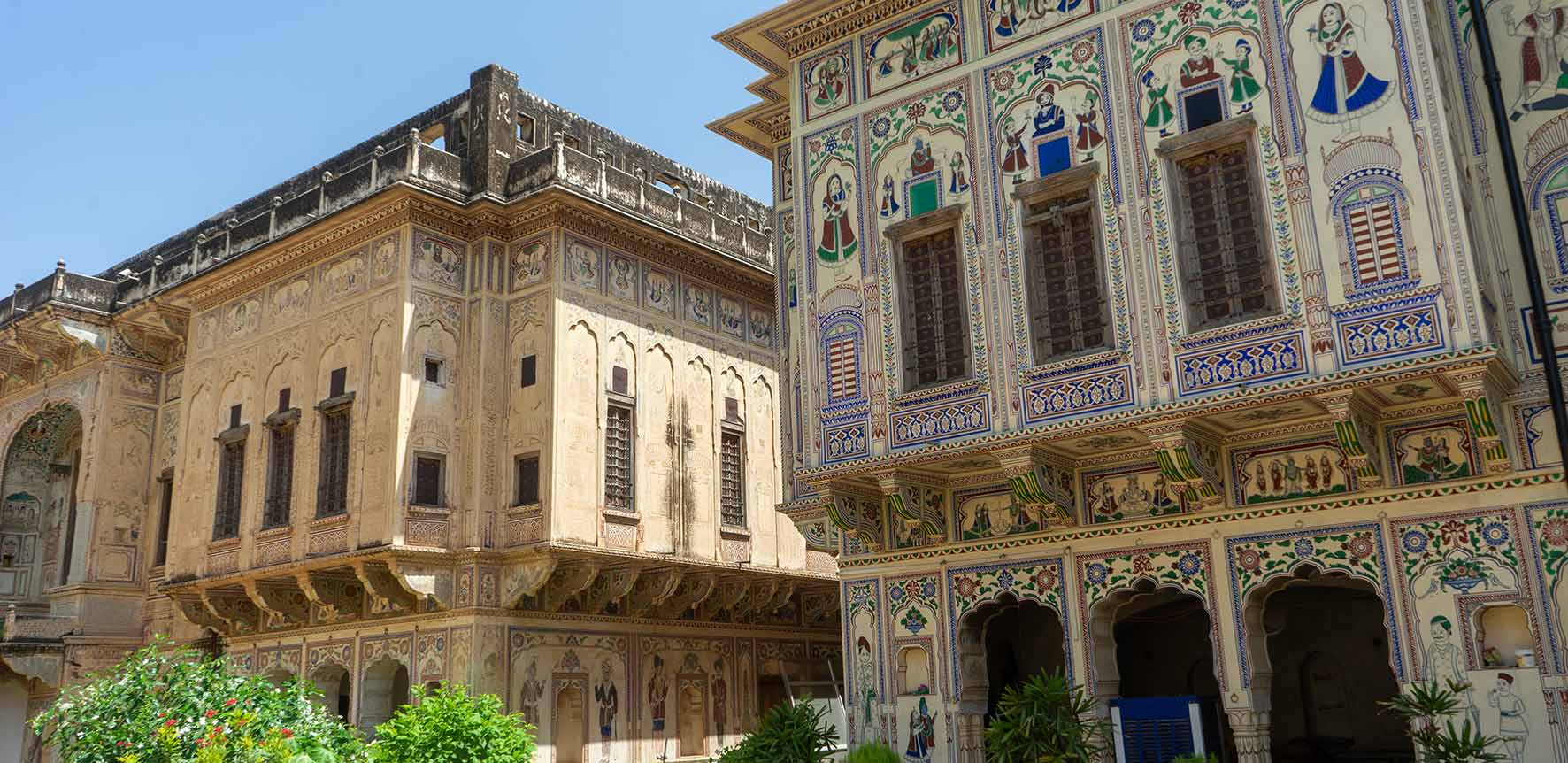
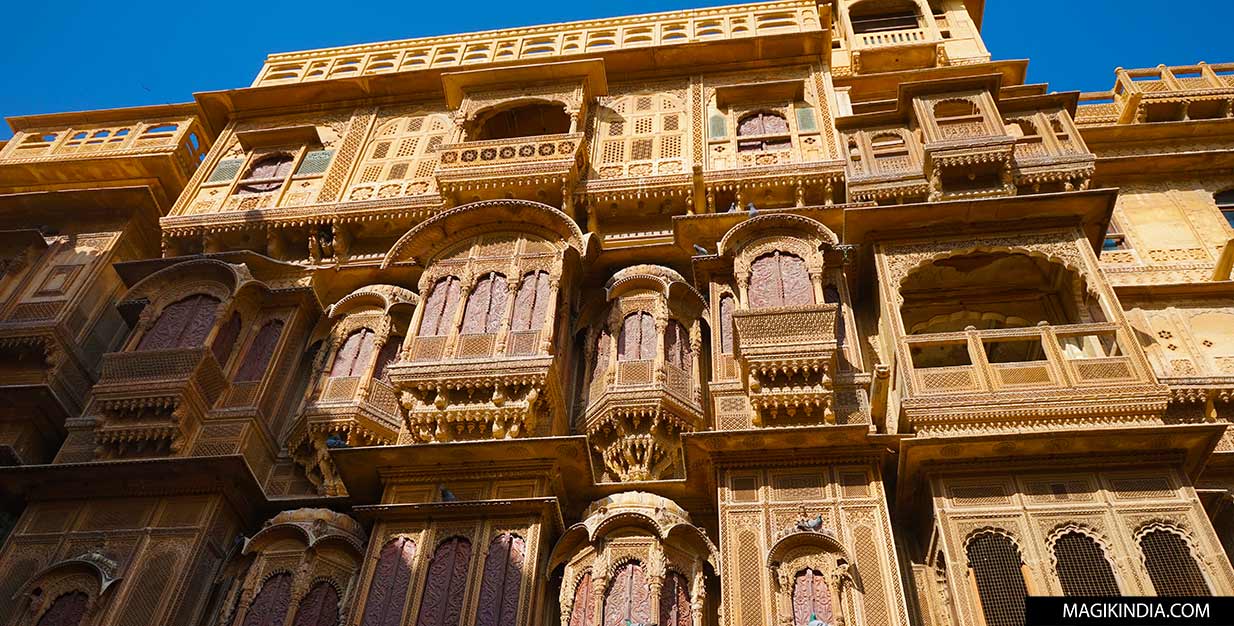
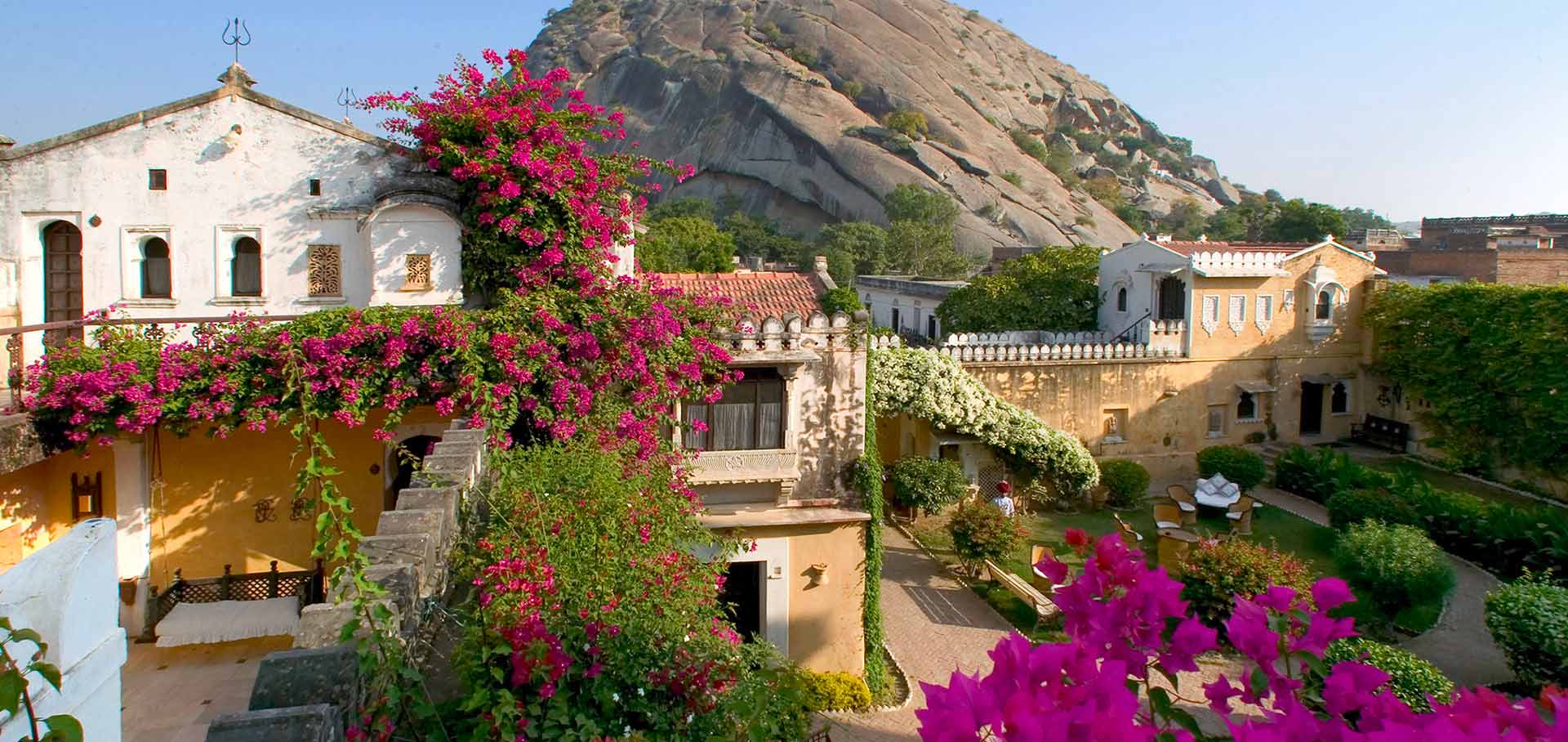
Good details . thanks for enlargement of knowledge
Many Thanks Kuldeep 🙂
Namaste! Mathini,
Thanks lot for sharing this detailed travel,cultural and historical information about this lesser -known travel destination of Rajasthan.
I am from desert countryside of Osian where I run a rural community tourism project HACRA in partnership with Village Ways.
I have recently visited Barmer and its surrounding desert countryside with purpose of including barmer in to HACRA’s next less visited destination to offer the true beauty of #OurLivingDesert experience to international travelers.
Today during surfing on internet about information on Barmer I come to know your Magik blog I am sure such blogs are very helpful for marketing this kind of hidden gems of Rajasthan.
I hope to see you some day.
Thanks again
Best wishes
Gemar Singh
Dear Gemar, thanks for your good review. I will definitely look at your project. Cheers, Mathini
Here you have described very beautiful barmer from history to present with all the relevant factors.
I am also from barmer and living in Barmer but after that I did not have all the information or knowledge of these all places with their description.
Thanks for visiting barmer and sharing about our Thar city Barmer.
Thanks Mahaveer for your nice comment. I will definitely come back there, I loved this town and its generous people
As a tourist guide its very important and authentic history of Barmer . Thanks for sharing .
Many thanks Rajendra
If anybody want guide services for Barmer and Jaisalmer I am an authorised Guide by Tourism Dept. Govt. Of Rajasthan so give my Contect no. + 91 9414206059. Thanks
thanks Rajendra, I keep your contact number! Regards, mathini
I’m artist
Manjur project
Rajsthani folk Sufi music folk dance Kalbeliya Bhawai kachi godi katputli contact me 9636967094
WhatsApp 9636967094
Ok noted down!
Amazing!!!
thanks ! 🙂